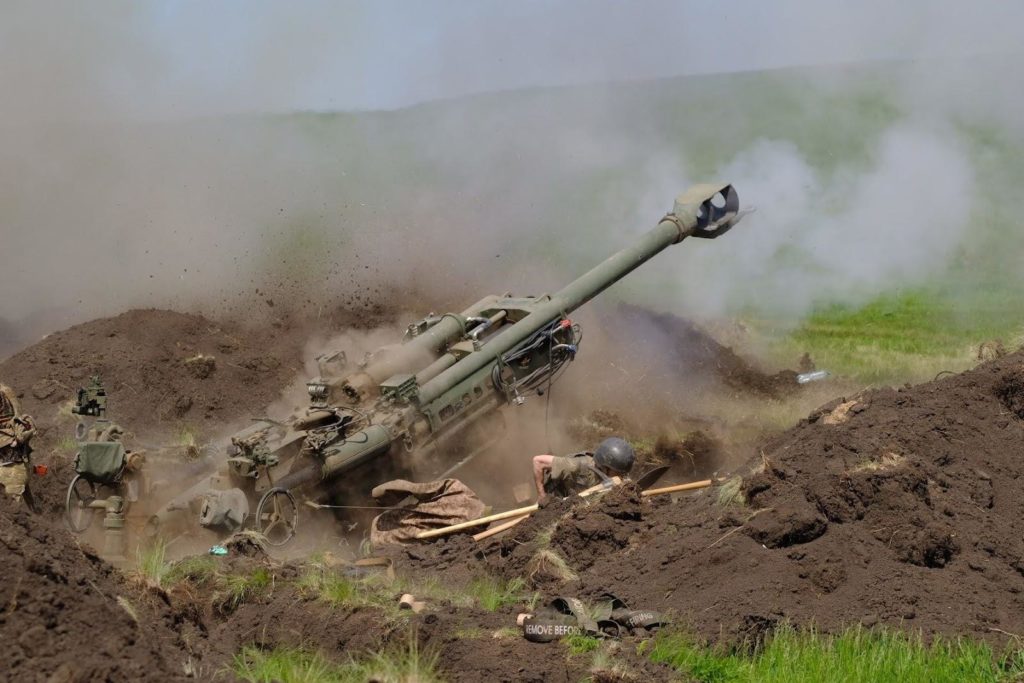ISW: Ukrainian forces attempt to contest battlefield initiative in limited counterattacks at tactical level
The arrival of Western military aid has allowed Ukraine to stabilize critical front areas and launch localized counteroffensives, challenging the notion of a static positional war.


The US-based Institute for the Study of War (ISW) reported on 10 July that Ukrainian forces have begun conducting localized counterattacks along the frontline, challenging the notion of a static positional war
According to the ISW, these tactical-level operations, while limited in scope, demonstrate Ukraine’s efforts to contest the battlefield initiative.
The ISW states that “Ukrainian forces are already attempting to contest the battlefield initiative in limited and localized counterattacks at the tactical level — emphasizing that the current state of grinding positional warfare along the frontline is not an indefinitely stable one.”
The arrival of Western military aid has played a crucial role in stabilizing critical areas of the front, according to the report. Since mid-May 2024, Ukrainian forces have launched “tactically significant and successful localized counterattacks in northern Kharkiv Oblast and towards Kreminna (in the Donetsk-Luhansk Oblast border area).”
While these operations are not yet large enough to seize the overall battlefield initiative, they are increasing the costs for Russian forces pursuing their slow, grinding advance. The ISW notes that these counterattacks have forced Russian troops to redeploy select elements, disrupting their centralized command formation.
Evidence of this disruption can be seen in the movement of Russian units. The ISW reports, “Russia moved elements of the 810th Naval Infantry Brigade (Black Sea Fleet) and a battalion tactical group of the 9th Motorized Rifle Brigade (1st Donetsk People’s Republic Army Corps) to northern Kharkiv Oblast in mid-June while other elements of the 810th Infantry and 9th Motorized Rifle brigades remained near Krynky, Kherson Oblast, and Toretsk, Donetsk Oblast respectively.”
The report also highlights the disparate deployment of Russian Airborne (VDV) formations across the frontline. Elements of the 106th VDV Division’s 137th VDV Regiment are reportedly fighting in both Kherson Oblast and near Siversk, Donetsk Oblast.
The ISW assesses that “the disparate deployment of elements of the same wider formation is a strong indicator that Russian forces are beginning to feel the pressure of Ukrainian counterattacks—emphasizing that the frontline is not as static as Putin assesses it to be.”
However, the report emphasizes that Ukraine’s ability to launch more powerful and organized counterattacks remains “contingent on sustained Western military support.”
Read also:
- Russian GRU’s sabotage recruitment in Baltics exposed by journalists
- Ukraine wants peace summit with Russia ahead of US November elections, Bloomberg claims
- Russian sabotage activity decreases in Sumy Oblast, says border service spokesman
You could close this page. Or you could join our community and help us produce more materials like this.
We keep our reporting open and accessible to everyone because we believe in the power of free information. This is why our small, cost-effective team depends on the support of readers like you to bring deliver timely news, quality analysis, and on-the-ground reports about Russia's war against Ukraine and Ukraine's struggle to build a democratic society.
A little bit goes a long way: for as little as the cost of one cup of coffee a month, you can help build bridges between Ukraine and the rest of the world, plus become a co-creator and vote for topics we should cover next. Become a patron or see other ways to support.



